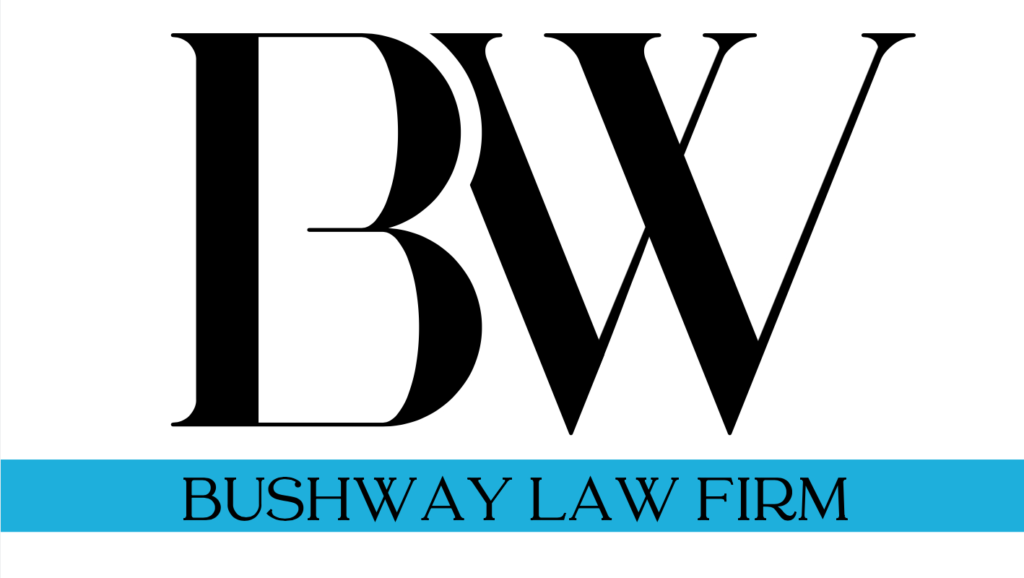
A car accident is often one of the most dreaded events in a person’s life. On top of the physical dangers and inconvenience they can cause, an accident also brings about multiple layers of stress. One stressor is the initial uncertainty of who will be found at fault.
As an at-fault state, Georgia law requires the accident-causing driver or drivers to pay for damages from the wreck. That’s why it’s important to accurately establish liability.
Single At-Fault Driver
Whenever there is a car accident involving two or more parties, usually only one driver will be considered at fault. There are several factors in Georgia that help legally determine which driver is to blame. Police will check:
- If anyone broke a traffic law that led to the accident—this often includes speeding, running red lights, improper turns, etc.
- If one of the drivers was operating their car with negligence—this can range from texting while driving to driving under the influence.
- If either car was not functioning properly—this often means faulty brakes or burnt-out blinkers, headlights, or brake lights.
Multiple At-Fault Drivers
Although Georgia is an at-fault state, there can be accidents that involve multiple at-fault drivers. These are defined as comparative fault where drivers share in the blame. Examples of these accidents include:
- One driver speeds through a green light while the other runs a red light.
- One driver follows too closely while the other doesn’t have any brake lights.
- One driver is texting and driving while the other is driving under the influence.
Depending on the severity of your role in the accident, you could still be able to collect money from a claim you made in the accident. Any driver who is blamed for less than 50% of the accident can successfully make a claim. If both drivers are found to be equally at fault, they are each considered 50% responsible, and neither one can collect any amount from the insurance companies.
Who Determines Fault?
Adjusters from insurance companies are responsible for investigating accidents and deciding who is at fault. They also determine the percentage of fault for each driver.
During their investigation, the adjuster will study all the evidence presented to gain a better idea of what happened and why. The evidence they look at includes:
- Police report
- Driver and witness statements
- Conditions of each car at the time of the crash
- Conditions of the crash site—skid marks, patterns of any broken glass, indentions in any grass or gravel, etc.
- Applicable surveillance video
- Road conditions at the time of the crash—icy, wet, flooded, etc.
It’s possible for the adjuster performing the investigation to be biased against you, working in favor of the opposing driver and their insurance company. That’s why it’s important to have a knowledgeable attorney on your side fighting for you. With the right expertise, you can rest assured your case will be resolved with you in mind.
If you’ve been in a car accident, don’t wait to see what the insurance adjusters will do. Talk to the team at Bushway Law Firm today: 478-621-4995
Stay tuned for the second installment of our two-part series on car accidents:
- Part 1: What Does It Mean to Be at Fault in a Car Accident?
- Part 2: Steps to Take at the Scene of a Car Accident


